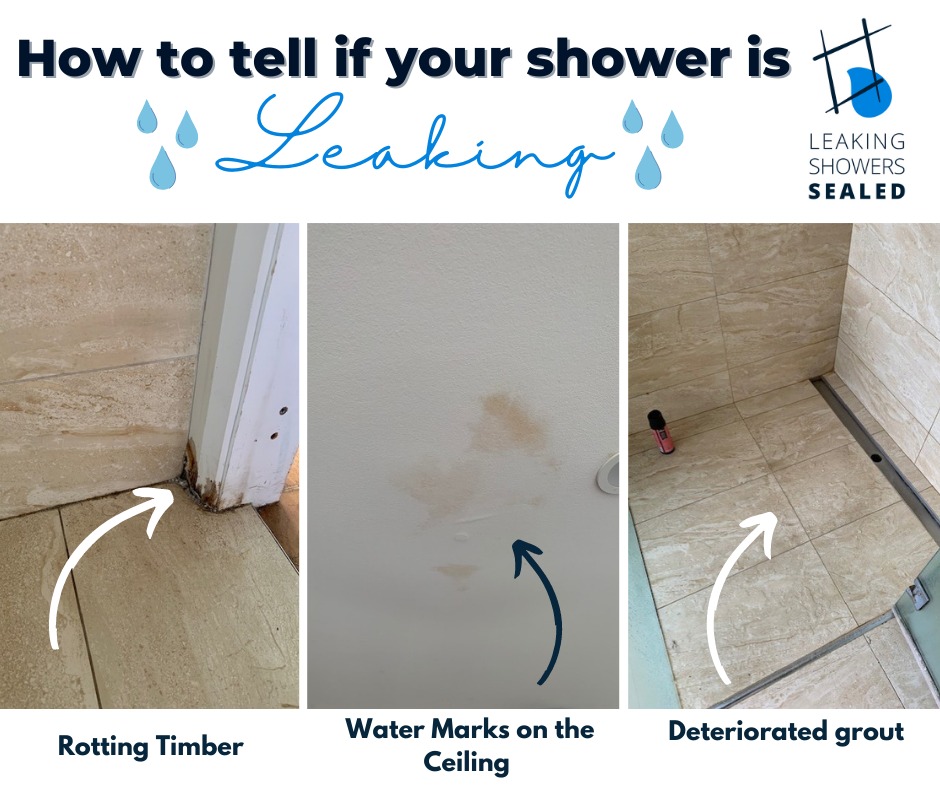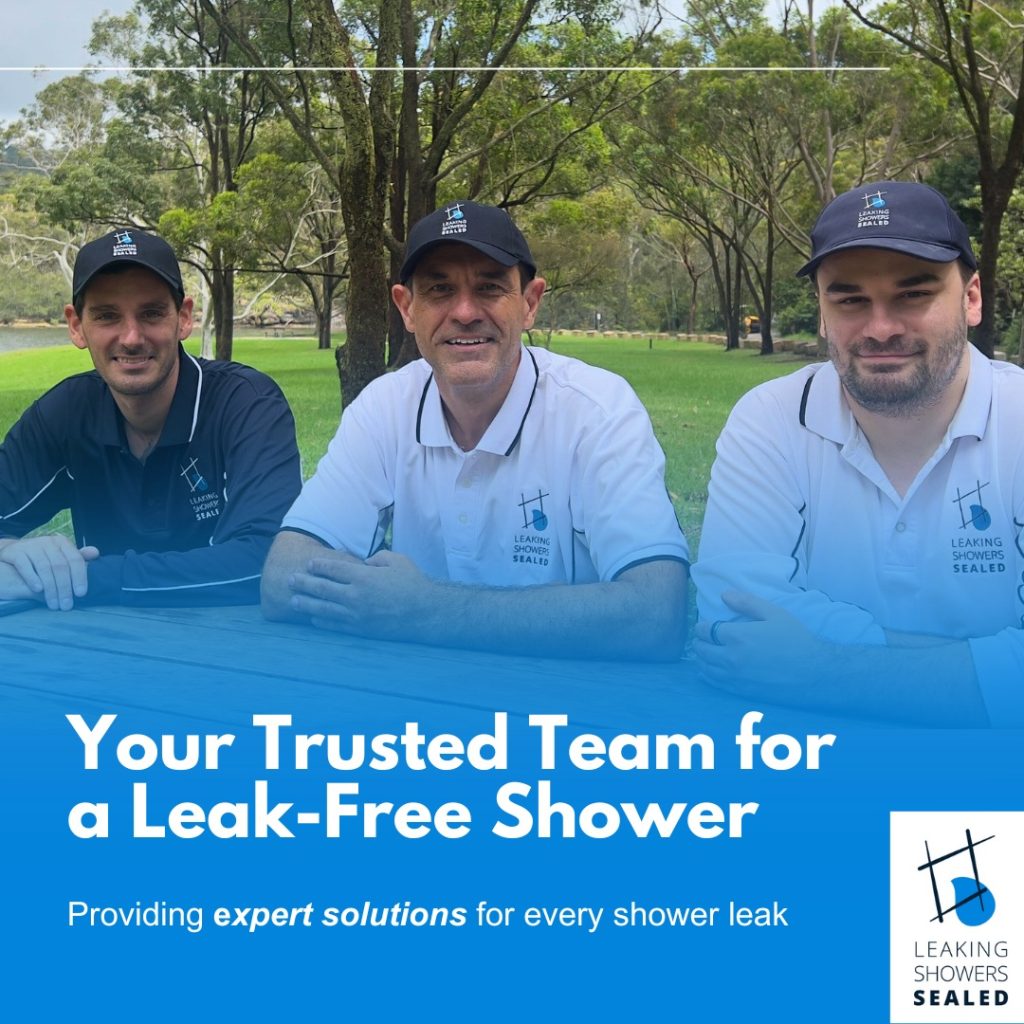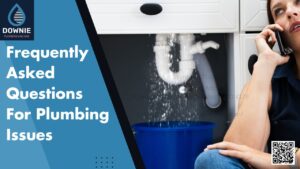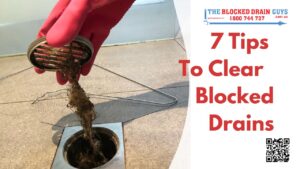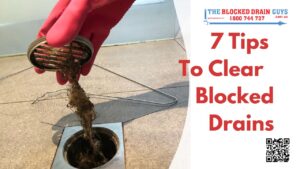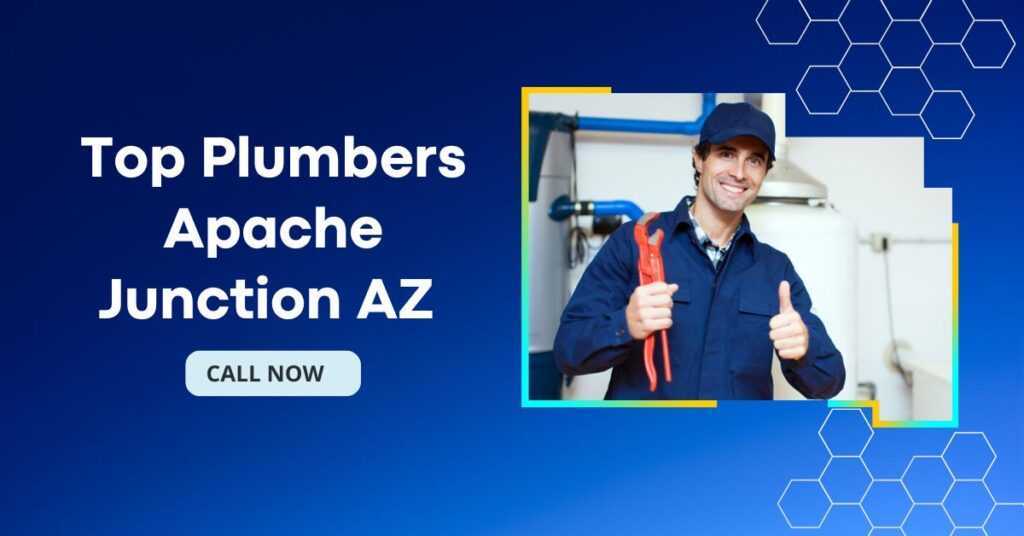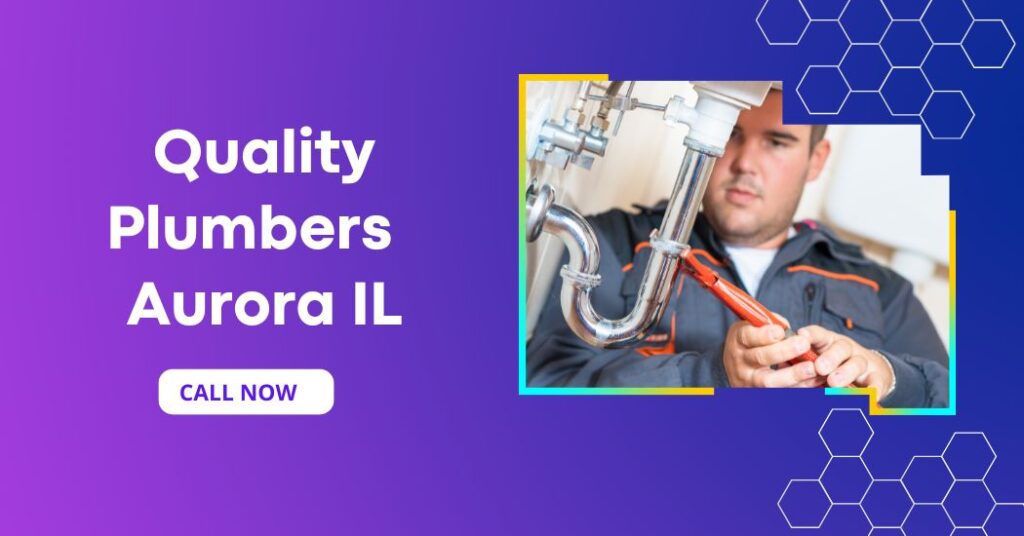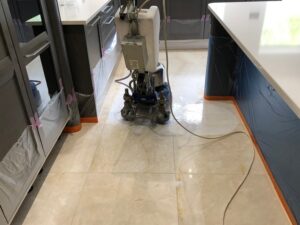Immediate Actions to Take When a Flexi Hose or Pipe Bursts in Your Home
Upon discovering a burst flexi hose or pipe in your home, your first crucial step is to locate and turn off the main water supply at the meter. This swift action will effectively halt the flow of water and significantly reduce further potential damage. If water has reached any electrical outlets, it’s imperative to turn off the power at the switchboard immediately, avoiding any contact with wet surfaces to prevent the risk of electric shock. To relieve stress in the plumbing system, open nearby taps and utilize towels or buckets to catch the escaping water. Clear the affected area of furniture and rugs to minimize additional damage, and take comprehensive photographs of the impacted regions for your insurance claims. Finally, reach out to a certified emergency plumber who specializes in addressing burst hoses for prompt repairs and thorough evaluations of your plumbing system.
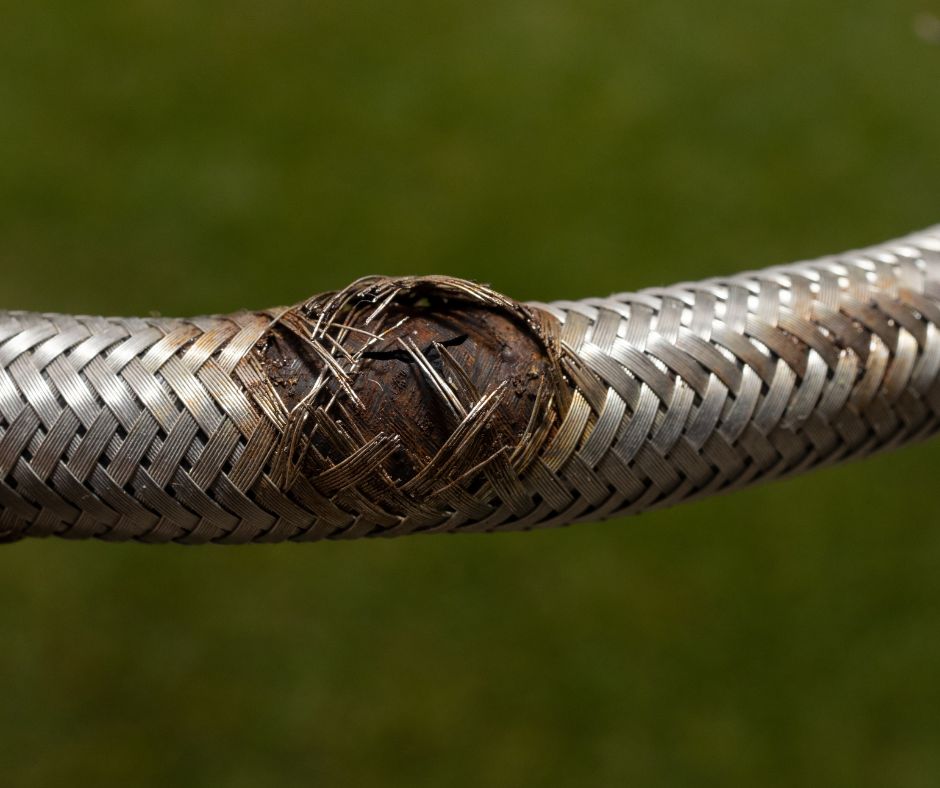
In the brief moment it takes to brew a cup of tea, a burst pipe or malfunctioning flexi hose can unleash a torrent of water, flooding your kitchen, damaging floorboards, and soaking internal walls. The severity of these plumbing emergencies can escalate rapidly, underscoring the urgent need for immediate action. In Wollongong, homeowners, particularly in older structures or coastal areas, frequently encounter burst flexi hoses, which have become a prevalent cause of unforeseen water damage.
These plumbing crises often arise without warning, and your response time can make the difference between a minor repair and a significant renovation. For residents in Wollongong, especially those living in older homes or coastal regions, burst flexi hoses are increasingly recognized as a major contributor to sudden and severe water damage.
Essential Immediate Steps to Take After a Flexi Hose or Pipe Burst
1. Quickly Shut Off the Main Water Supply
Locate your water meter, which is usually positioned at the front of your property. Turn the valve clockwise to instantly stop the water supply to your home. If you reside in an apartment or unit, check beneath the kitchen sink or in the laundry area for an isolation valve that regulates the water flow. Acting swiftly at this stage is essential to prevent additional flooding and damage.
2. Disconnect Power at the Switchboard If Water Has Reached Electrical Outlets
It is critical to turn off power at the main switchboard immediately. Avoid making contact with any wet surfaces or switches located near live electrical outlets, as this can pose a serious safety risk. Prioritizing your safety during these emergencies is essential.
3. Open Nearby Sinks or Showers to Release Plumbing Pressure
Open taps throughout your home to effectively drain any remaining pressure from the plumbing system. Focus on the tap nearest to the leak, as this action will help reduce the ongoing flow of water and lessen potential damage. This step is vital for efficiently managing the water flow and mitigating further issues.
4. Contain the Flow of Water to Minimize Damage
Utilize buckets, towels, or outdoor bins to capture the flowing water. Be sure to remove rugs, papers, electronics, and furniture from the affected area to avert additional damage. The faster you dry the floor, the better you will minimize the risk of long-lasting harm to your property.
5. Document the Damage for Your Insurance Claims
Take clear and detailed photographs of the source of the leak, the extent of the water spread, and any visibly damaged items or surfaces. This documentation will be invaluable if you need to file an insurance claim, as it provides solid evidence of the incident and the resulting damage, aiding in the claims process.
6. Reach Out to a Licensed Emergency Plumber for Immediate Assistance
Contact a local, licensed plumber who offers after-hours service and possesses relevant experience in addressing flexi hose failures. Quick action is critical, especially in Wollongong homes that may feature older materials susceptible to salt-related damage. Prompt professional assistance can significantly mitigate further complications.
For immediate help, you can call CS Plumbing’s Emergency Service for a rapid, local response and same-day repair solutions.
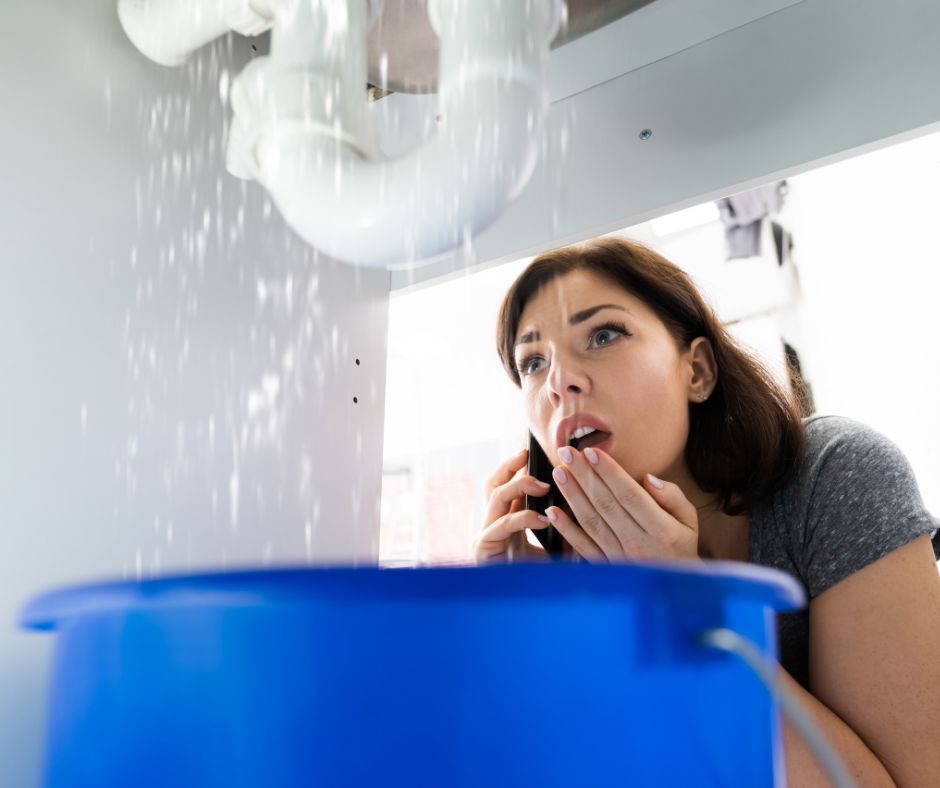
Understanding the Causes Behind Flexi Hose Failures in Wollongong Homes
Flexible braided hoses, commonly known as flexi hoses, are frequently utilized under sinks, basins, and behind toilets to connect taps to water supply lines. Over time, the inner rubber lining of these hoses can deteriorate, and the steel braid may suffer from corrosion, especially in coastal environments like Wollongong. Such deterioration can precipitate sudden and catastrophic failures.
In numerous homes throughout the Illawarra region, these hoses have gone unchecked since their initial installation, with some being over a decade old—well beyond their recommended service life. When these hoses fail, they typically split open, releasing high-pressure water into cabinetry, floor cavities, or wall spaces, leading to extensive water damage and costly repairs.
Several factors contribute to these failures, including:
- Salt air and high humidity, which can weaken fittings over time
- Poor-quality or unbranded hoses that lack durability and reliability
- Pressure spikes in older pipework that may stress the hoses and lead to failures
- Lack of fixture-level isolation valves complicating immediate shutoff during emergencies
The Critical Importance of Upgrading and Isolating Every Flexi Hose in Your Home
Merely replacing one failed hose is insufficient. If one flexi hose has ruptured, it is highly likely that others in your home are of a similar age and are equally at risk of failure. To safeguard your property in the long run, your plumber should implement the following measures:
- Replace all old or unbranded hoses to prevent future complications and potential emergencies
- Utilize WaterMark-certified, pressure-rated flexi hoses to guarantee safety and reliability
- Install mini stop taps (isolation valves) at every flexi hose connection for convenient control and accessibility
These isolation taps empower you to shut off water at the source—whether under the sink, behind the toilet, or in the laundry—without cutting off the supply to the entire home. This capability allows you to address a burst hose immediately, even before a plumber arrives, drastically reducing the risk of extensive damage and costly repairs.
This practice is now recognized as best practice for all new installations and is particularly essential for older homes, especially in areas like Figtree, Shellharbour, and Woonona, where outdated and legacy fittings continue to pose significant concerns.
Post-Emergency Care: Essential Steps to Implement Once the Crisis is Resolved
After your plumber has successfully resolved the issue, it is vital to carry out the following aftercare measures:
- Run fans and dehumidifiers to prevent mould growth throughout your home
- Remove toe kicks or panels from flooded cabinetry to ensure adequate drying and ventilation
- Schedule a comprehensive plumbing inspection throughout your home to identify additional risk points and ensure everything is functioning properly
- Add regular hose checks to your seasonal home maintenance checklist to prevent recurrence and ensure your plumbing system is in optimal condition
If the burst caused structural damage, it is crucial to contact your insurer immediately with all documented evidence to ensure you are properly covered for necessary repairs.
Crucial Knowledge for Wollongong Homeowners on Preventing Burst Hose Disasters
The unfortunate reality is that most burst pipe emergencies we respond to in Wollongong can be traced back to a $10 hose. A failed flexi hose can lead to an astonishing $10,000 in water damage within a mere 15 minutes. Many of these incidents are preventable with simple preventive measures. The upgrade process is straightforward, and the valves are compact and easy to install. However, the impact they have when an emergency arises is monumental and can save homeowners both stress and significant financial loss.
If your home was constructed or renovated over five years ago and your hoses have never been inspected, it is imperative to consider an upgrade. Replace them, isolate them, and take proactive steps to prevent yourself from experiencing the shock and stress of an emergency that could have easily been avoided in just seconds.
Emergency Plumber: Burst Pipe or Flexi Hose The Immediate Steps
The Article: Emergency Plumber: Steps for Burst Pipes and Flexi Hoses first appeared on https://writebuff.com
The Article Emergency Plumber: How to Handle Burst Pipes and Flexi Hoses Was Found On https://limitsofstrategy.com
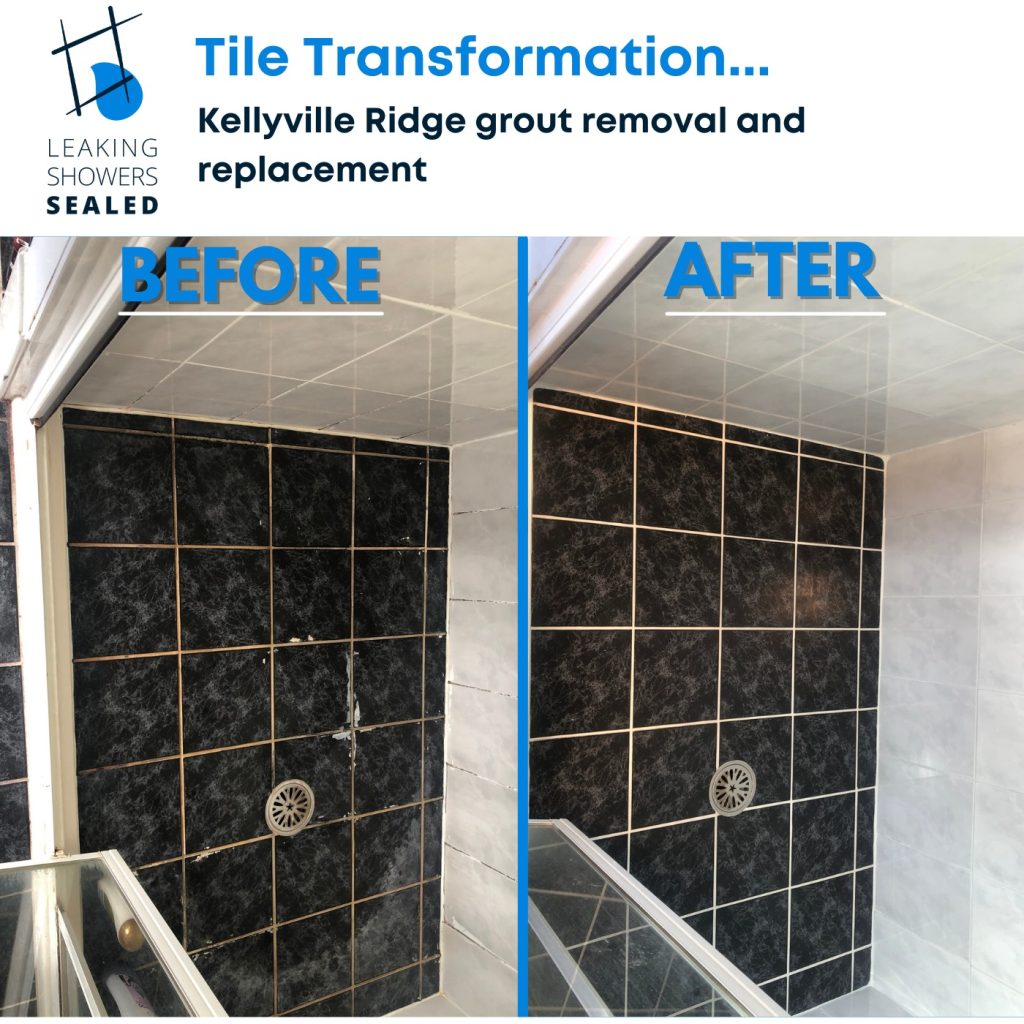
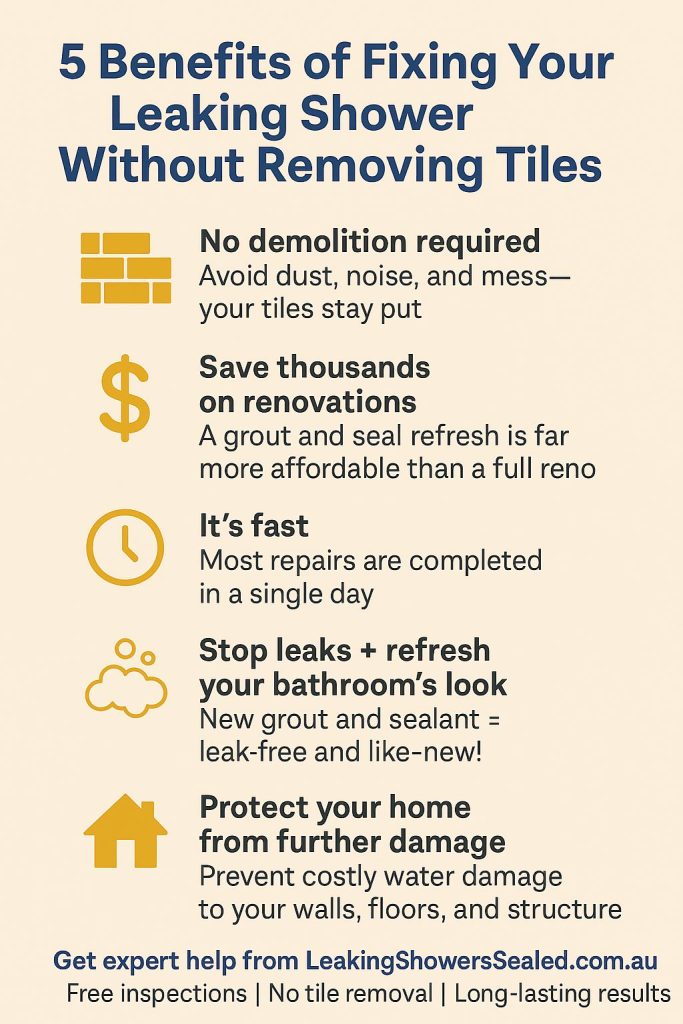
 No mess or demolition: Avoid the chaos of dust, jackhammers, and tile removal. Our resealing process keeps your bathroom intact.
No mess or demolition: Avoid the chaos of dust, jackhammers, and tile removal. Our resealing process keeps your bathroom intact.

